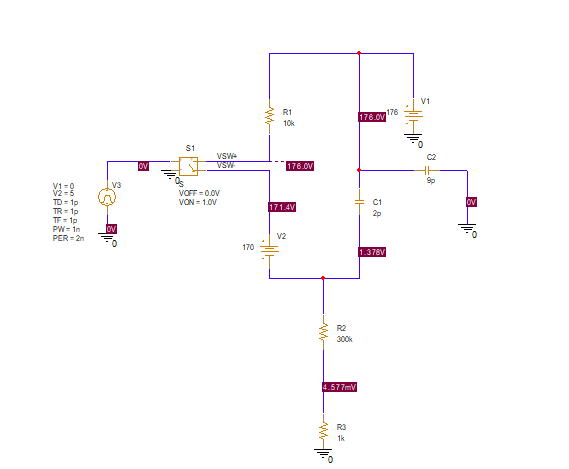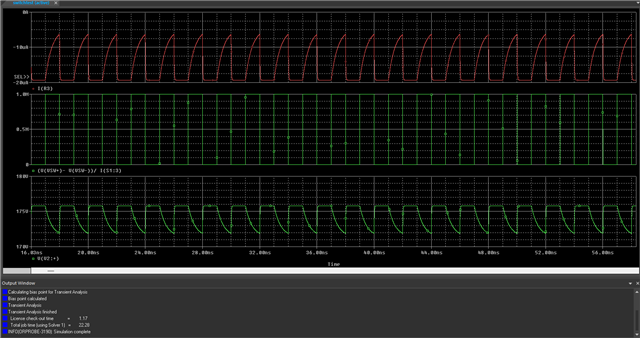Other Parts Discussed in Thread: TLV3603, TLV9022L
Tool/software:
Dear Everyone,
Who can solve my issue . It seems that the switch doesn’t work fine if the input pulse is set in the nanosecond range. How can I change the settings in Options so that the switch operates correctly in the ns range?”

2nd question, what is the TI comparator PN has the Latch function as AD8561 
Thanks,
Peter







